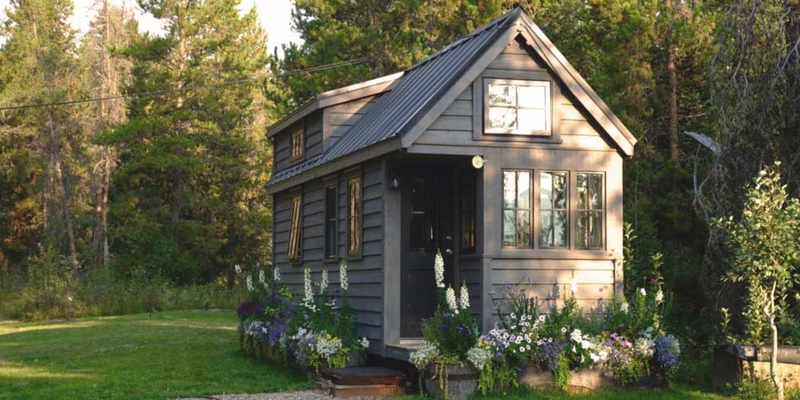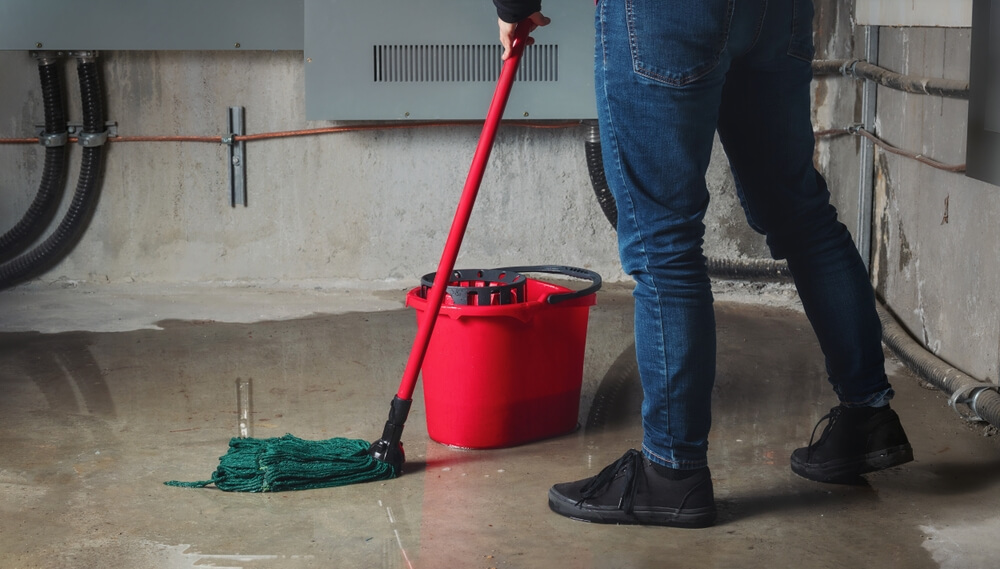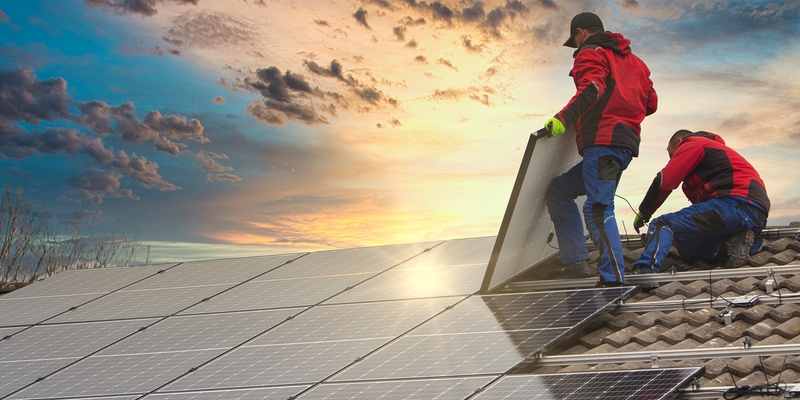
If you are not redirected within 30 seconds, please click here to continue.
Samedi: 10h – 16h HAE

If you are not redirected within 30 seconds, please click here to continue.
If you are not redirected within 30 seconds, please click here to continue.
How to insure a tiny home in Canada

Living in a tiny home the size of a kitchen, patio, or camping trailer is becoming increasingly popular, possibly driven by the hot housing market, a desire for a less materialistic lifestyle, or the thrill of adventure.
According to Tiny Homes in Canada, a publication covering the tiny house movement, the average Canadian tiny home is between 120 and 400 square feet. That’s somewhere between the size of a small bedroom and a small kitchen.
Tiny homes are traditionally custom-built, either by a hired contractor or, in some cases, by the owners themselves. In recent years, tiny home builders have started selling out-of-the-box models. Some look like tiny wood-frame cottages, while others are converted steel shipping containers.
How can homeowners insure such a small property? The answer isn’t straightforward because what constitutes a tiny home varies considerably. But regardless of how they’re built, tiny homes can be insured by traditional home insurance companies.
“Most tiny houses would be considered by insurance companies as either a modular home or a mobile home because you can often hook it up to a truck and move,” says Anne Marie Thomas, director of consumer and industry relations at the Insurance Bureau of Canada.
Some tiny homes, however, may fall under traditional insurance.
Insuring a tiny home the conventional way
Some tiny homes are essentially conventional homes on a microscale. They have a foundation, follow local housing bylaws, and are permanently fixed to their little plot of land. These tiny homes might qualify as traditional homes under an insurance policy — especially if they resemble a conventional house rather than, say, a homemade cabin or converted shipping container.
Square One Insurance is one provider that insures tiny homes built this way since they aren’t fundamentally different from a traditional house — just smaller. Stefan Tirschler, product and underwriting manager at Square One Insurance Services, says the quality of a tiny home build could make all the difference.
“Some choose to build tiny homes the exact same way that they would build a big house, just with a smaller footprint, and you’d have the same level of quality craftsmanship as a big house,” he says. “In cases where that is the nature of the tiny home, we’ve had no issue.”
However, Tirschler says Square One doesn’t insure tiny homes with wheels. While a mobile tiny home may offer flexibility, it can be riskier to insure. Tirschler says going the recreational vehicle (RV) route can potentially result in a higher premium. As he puts it: “It’s impossible for you to crash a conventional house.”
A tiny home with wheels may fall under RV insurance
Some insurance companies will cover a tiny home as an RV if it is on wheels. Homeowners should, however, insure it as their primary residence if they’re living in the tiny home full time.
This type of insurance is critical for homeowners who want to pick up and move, as conventional homeowner’s insurance won’t cover a mobile tiny home while it’s in transit to a new destination.
“The trailer might be covered by your car insurance,” Thomas says, “but if your tiny house falls off your trailer and bounces down the highway, will your insurance company cover your tiny house?”
This route, unfortunately, has its downsides. Tiny mobile homeowners who build from scratch may be required to pay for a third-party inspection agency to ensure their new place has working tail lights, turn signals, water tanks, and all the trappings of an RV.
In some cases, Thomas says, homeowners with a conventional home insurance policy on their tiny home may be able to call up their provider and ask for travel coverage. However, she says, the size of the home in question would factor into whether the provider agrees.
Top considerations for insuring a tiny home
Tirschler says anyone looking to insure a tiny home should start the coverage conversation before buying their new place.
Here are some of the details to consider:
- What are the tiny home’s building materials?
- How was it built? Was it made in a factory to specified standards or a custom project?
- Does the tiny home have wheels?
- Are there custom features, such as a fireplace?
When comparing home insurance rates, your insurance agent or broker may ask these essential questions to get you the best deal possible.
Don't waste time calling around for home insurance
Use RATESDOTCA to shop around and compare multiple quotes at the same time.
Finding the best home insurance coverage has never been so easy!
Get money-saving tips in your inbox.
Stay on top of personal finance tips from our money experts!










